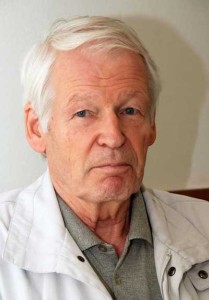 – a conversation with dr. Konrad Sutarski, director of the Museum and Archives of the Polish Diaspora in Hungary
– a conversation with dr. Konrad Sutarski, director of the Museum and Archives of the Polish Diaspora in Hungary
– Who came with an idea of establishing the Museum and Archives of the Polish Diaspora in Hungary?
– In 1996, together with Hungarian authorities, we have agreed on the location of the National Polish Minority Self-Government Headquarters in Budapest. We have chosen the Kebanya district, the place where in the late 19th-century the Polish colony was located and existed until World War I.
At the beginning, we received a building, which is located today vis-a-vis the museum. The building was renovated and adapted to our needs and became headquarter of the National Polish Minority Self-Government in Hungary (OSMPnW). It all happened at the end of 1997.
– At that time, you were the chairman of the OSMPnW…
– … it was the OSMPnW’s first term. Even then, we were thinking of creating a new centre where Polish mementos and other important documents of the Polish diaspora in Hungary would be gathered. In those days, we were keen on creating the foundation for our future organisational and intellectual activities.
The museum was the first pillar that we started creating. It was my initiative. However, we needed the self-government in order to make it work and not everyone could understand it at that time. Many members thought of creating something that would financially contribute to their daily activity. For instance, an exhibition room where the wealthy entrepreneurs and merchants would meet and present their products, paying at the same time to rent the area. I couldn’t agree to such an idea. Supported by the required majority, I have managed to carry on with creating the museum.
– Luckily, the situation today has changed…
– Everyone is content and proud of the work that they consider as theirs. The museum was opened in 1998. We received a considerable amount of funds at the opening and so we began collecting pieces we knew about before.
We also received permission from the city for leasing – for a symbolic forint – the one-storey building that was next to the OSMPnW’s offices for the needs of museum. The next step was to get money for renovation. We managed to complete all the work – paint the whole building and bleach the walls – before the first term ended.
– The first exhibitions were displayed in the building on the ground floor…
– At the very beginning, we used only an exhibition room on the ground floor and the museum’s offices. The first exhibition was devoted to the history of the Polish diaspora in Hungary. Six months later, in the spring of 1999, another OSMPnW election took place. The voters decided back then to change the museum’s authority. I stopped acting as a chairman. Nevertheless, I remained one of 15 members of the local government.
Despite the fact that the museum was not close down by the new authorities, I was not able to participate in its growth or anything that was happening at that time. The temporary exhibitions were organized at the museum several times a year. But the permanent display was removed. A museum without a permanent display turns into a showroom. Thing stayed this way until the end of 2000.
The OSMPnW started declining due to the mismanagement. At the end of 2000, the current chairman resigned. A new election was held at the beginning of 2001. I was re-elected as the chairman and we began reconstructing the self-government.
– And so the museum started to change, too…
– We re-opened the permanent display and kept the temporary exhibitions. That is when we came to the conclusion that the permanent display was not enough. Therefore, we decided to expand our subject area. The opportunity to do so came in 2004, after the city agreed to sell us the museum building. For the last 7 years, the OSMPnW is the sole owner. We bought the building for a token amount that our self-government could afford easily.
Immediately after purchasing the building, we applied for a grant for its expansion. We tried to get the grant from both the Polish and Hungarian states. We stated in the application that we would like to expand the space by building another floor and significantly increasing the exhibition space, as well as expanding the back office and creating facilities for storing new exhibits.
– When did the museum started to expand?
– The expansion happened between 2005 and 2006. Thanks to funds from Poland and Hungary. The Hungarian state gave us more than the Polish state. In September 2006, eight years after the opening of the first exhibition, we opened a newly expanded space and shared an exposition entitled: A Thousand Years of Polish-Hungarian Relations.
In 2010, a third opportunity for musuem development arose. Funds granted by the Hungarian state were used during the first half of 2011 for purchasing two information points. In the meantime, we received additional funds from the Senate of the Republic of Poland and used them for purchasing the third information point and support materials for exhibitions, as well as a catalogue. It was the museum’s first real catalogue.
– What departments are at your museum?
– Our museum presents the history of Polish-Hungarian relations via the help of several departments: the King’s and the Interstate Liaison, Friends in Need – the Brotherhood of War, separate units devoted to business, cultural and religious connections, and for the history of Polish diaspora in Hungary.
Our establishment owns two branches. The first, from 2003, under the name of The Memorial House in Derenk, located in the Polish village Andrastanya in the Borsod-Abauj-Zemplen province. The second, from 2008 in Derenk –a destroyed Polish village founded in 1717 – located in the area that is now a part of the Aggtelek National Park. The village was abolished between 1941 and 1943, and since 2003 it is under the spiritual guidance of the Polish diaspora in Hungary.
– You are also a member of the Standing Conference of Polish Museums and Libraries in the West…
– We are a members since 2003. It is an organization that coordinates the activity of member-institutions, taking care of the development and cultural heritage of Poland, as well as presenting to the world its wealth and its HYPERLINK "http://www.translatica.pl/slowniki/po-polsku/inseparability/" inseparability from European culture. The creation of the Standing Conference resulted from relations among several institutions – the Polish Museum in Rapperswil (reborn in 1975), the Literary and Historical Society, the Polish Library in Paris, and The Polish Institute and Sikorski Museum in London.
Julian Godlewski played a significant role in creating the Standing Conference. He participated in the September Campaign and in warfare in France in 1940 and during the invasion in 1944. Godlewski supported the idea of creating a permanent cooperation between Polish museums, archives and libraries abroad and being aware of the poor financial situation, finalised the preparatory meetings for founding congress.
Thank you for your time.
Leszek Wątróbski
Konrad Sutarski
Budapest. The Museum and Archives of Polish Diaspora in Hungary.
Budapest. The Museum and Archives of Polish diaspora in Hungary – the department of the history of Polish and Hungarian relations
Budapest. The Museum and Archives of Polish diaspora in Hungary – the department of religious connections (photos Leszek Wątróbski)

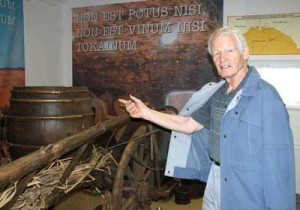
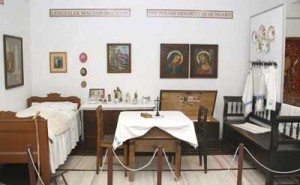
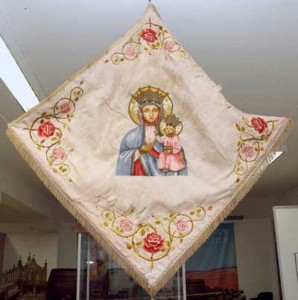
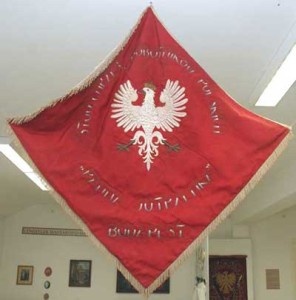
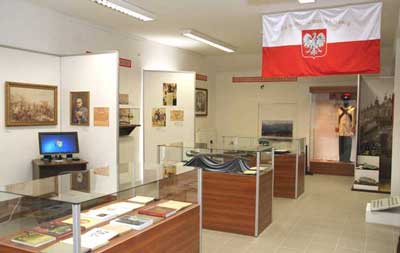
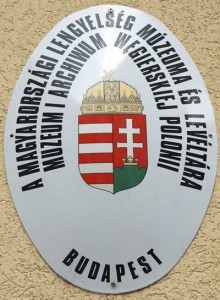


 USD
USD  AUD
AUD  CAD
CAD  NZD
NZD  EUR
EUR  CHF
CHF  GBP
GBP 





